While humans are still working hard on camouflage technology, from invisibility cloaks to radar-invisible aircraft, the deep ocean is where masters in the art of disappearing are born.
One of them is the leptocephalus - the larva of the eel fish, which has a strange shape and is almost completely transparent, causing it to almost "dissolve" into the surrounding water.
Leptocephalus has a strange shape and is almost completely transparent (Source: Gug Underwater).
Leptocephalus has a slender, flat leaf-like shape, only a few centimeters long. The body is almost colorless, scaleless, and has no distinct fins.
The leptocephalus is almost entirely transparent, recognizable only by its small black eyes and a translucent gut. It is thanks to this ability that it escapes the sight of most predators.
The leptocephalus's amazing camouflage comes from its unique biological structure.
Its body does not contain melanin - the pigment that gives color to most organisms. Its tissues are very poorly organized and its cell density is extremely small. This allows light to pass through rather than being reflected or absorbed, making it almost invisible.
Additionally, the entire body of the leptocephalus is filled with a transparent biological gel called glycosaminoglycan.
This substance acts as a replacement for most of the muscle, and also stores energy for the development process. It is this light, “hollow” structure and transparent gel that makes the eel larva’s body look like a jelly floating in the ocean.
Notably, leptocephalus also possesses an unusual physiological feature: a very low metabolic rate. This creature does not hunt prey but lives by filtering plankton in the seawater.
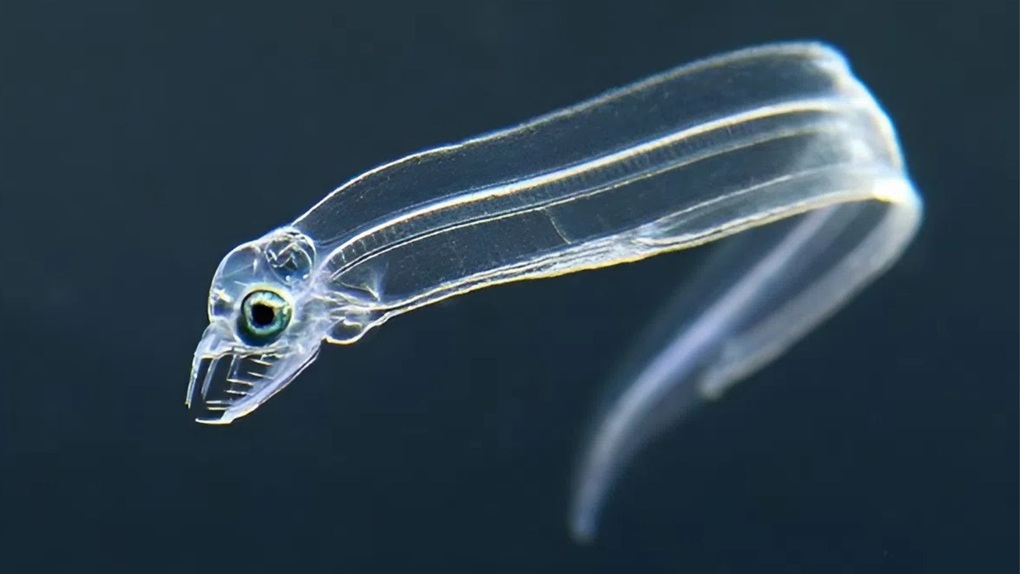
The leptocephalus's entire body is almost transparent, only recognizable by its small black eyes and a translucent intestine (Photo: Getty).
Because it consumes so little energy, the body produces almost no waste. This minimizes biological signs that could be detected by predators, and limits any unnecessary movement.
In a study published in the journal Science Advances in 2020, scientists discovered that many marine species have the ability to adjust the way light interacts with their bodies to achieve optimal camouflage.
They call it directional light scattering, where light is scattered in a way that minimizes reflection, thereby avoiding detection.
Although leptocephalus has not been confirmed to possess the specialized proteins found in some other transparent organisms, its simple body structure, along with its glycosaminoglycan gel, makes it an ideal model for studying biologically transparent materials.
With the ability to "disappear" almost perfectly in its habitat, leptocephalus is not only a living testament to the sophistication of nature, but also opens up many new directions for science and technology.
Source: https://dantri.com.vn/khoa-hoc/sinh-vat-nho-be-trong-long-dai-duong-so-huu-ky-nang-nguy-trang-sieu-dang-20250916110401250.htm


![[Photo] Prime Minister Pham Minh Chinh receives President of Cuba's Latin American News Agency](/_next/image?url=https%3A%2F%2Fvphoto.vietnam.vn%2Fthumb%2F1200x675%2Fvietnam%2Fresource%2FIMAGE%2F2025%2F12%2F01%2F1764569497815_dsc-2890-jpg.webp&w=3840&q=75)








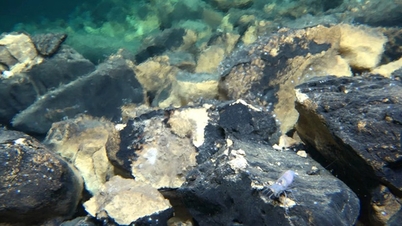

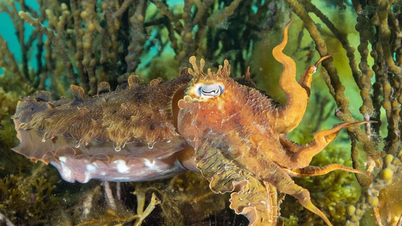
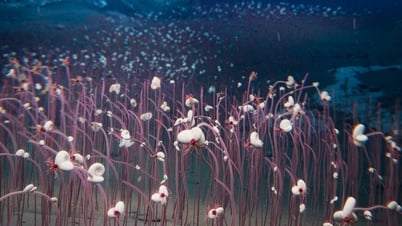
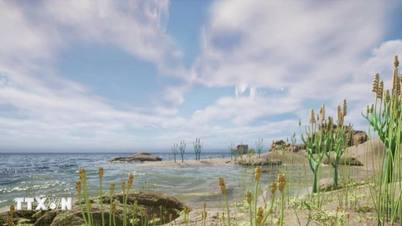




























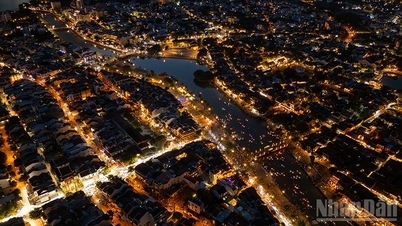































































Comment (0)